The photogenic nature of Barcelona’s Somorrostro was inversely proportional to its misery. The photographer Colita immortalized the gypsy village bordering the city that emptied its sewers in a sea painted in three colors, black, brown and blue, resulting in a document full of social, historical and artistic interest. During the filming of Los Tarantos (Francesc Rovira-Beleta, 1963) she was fascinated by its inhabitants and their art, learning to love flamenco forever.
Before his camera posed children, teenagers and the elderly, among the shacks, on the beach, running, playing and above all dancing. The immense Carmen Amaya, of whom legend states that she roasted sardines on the bedstead of the Imperial suite of the Waldorf Astoria, was his most beloved model during the filming, which would be her last professional engagement, because she no longer lived for the premiere.
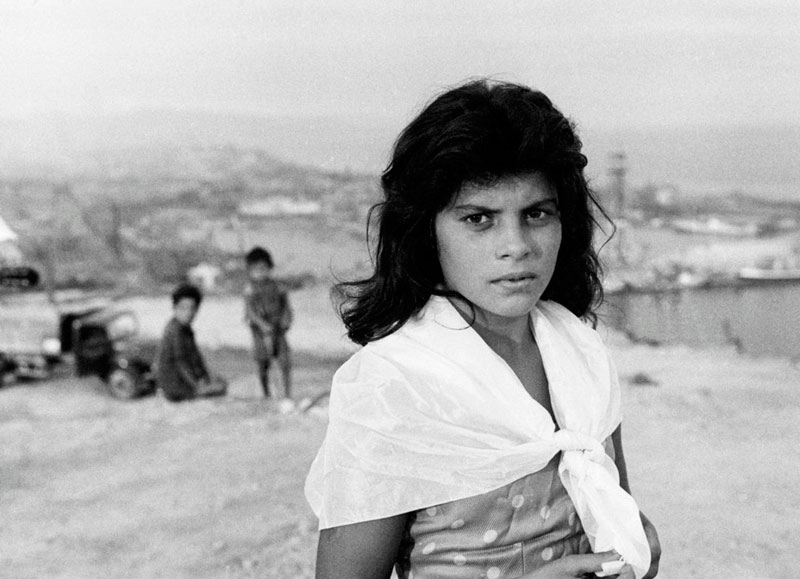
Despite having seen these images so many times in exhibitions and catalogs, and with the distant memory of the film, nominated for an Oscar in 1964, it was not until watching La Singla, Paloma Zapata‘s film -whose world premiere took place at the Thessaloniki International Documentary Festival– that our eyes were caught by the magnetism of an abyssal gaze. The black of Antonia Singla’s eyes identifies her, summarizes her, announces her.
The wild presence, the movement that reveals her being in another world, the indomitable hair and the supreme concentration on her own act, which we will soon learn to attribute in part to her deafness. A probable childhood meningitis followed by dreadful pains, left the child Antonia deaf, but with a passion for dance that made the loss even more dramatic.

La Singla accompanied on guitar by Peret.
As the journalist Yale wrote: La Singla was inventing ‘baile por alegrías’. Her heels tapped the tablao as if in an anguished shriek. As if, suddenly, she wanted to chase away the ghost of hunger and of a childhood full of silence. From the rhythm of her mother’s clapping, Antonia internalized a vibration that she would learn to modulate with her whole body, and it would be hunger that would launch her to dance, from the age of twelve, when, hand in hand with her mother, she would go to the taverns of Barcelona to get something to eat.
The shooting of Los Tarantos meant the arrival in Somorrostro of the film people, and along with them came Colita, the photographer who shot her camera insatiably to eternally freeze the gaze of the Singla, her evolutions, her flamenco movements and almost mystical self-absorption, to the sound of a music that she could only imagine inside herself. The friendship and the desire to protect the young gypsy girl introduced her into the circle of the gauche divine, the intellectuals and the artistic environment of Barcelona in the early sixties, where the girl would feel welcomed, accompanied and treated with the respect that her art and her candor deserved.
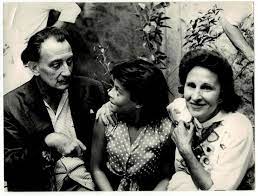
La Singla with Dalí and Gala.
As she herself relates in the documentary, she was always sad, she only remembers being sad, but she always smiled. In her time of social life with the aforementioned group, Antonia became the mascot of the most intimate parties, becoming admired by Dalí and Gala, with whom she would share evenings with Marcel Duchamp.
Her destiny, however, was broken there, when her father —who had abandoned his family of 17 members for a new one with no fewer children, which he left behind in France— returned to the scene, to take an iron fist over the career of his golden goose, separating her from her former protectors and opening a new stage for her in the Los Califas hall in Madrid, where tickets were sold out to see her dance, always at her own pace, of course.
The next chapter in his career will take place during several decades in Germany, basically, where he will participate in successive tours with a group of artists including Paco de Lucía and Camarón, visiting the main theaters in Europe, such as the Olympia in Paris.
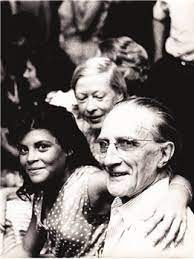
La Singla with Marcel Duchamp.
Promoted by a German jazz fanatic, the dancer finds a dignified professional outlet in which she performs both in theaters and on television programs, dancing with her characteristic pants and wild hair, in a surprisingly modern style, even fulfilling her dream, as soon as she gets rid of her father: dancing to the rhythm of jazz.
Fifty years later, Paloma Zapata revisits the Singla enigma, after wondering about the peculiar career of the dancer, her early success, the unusual talent, especially in a person deprived of hearing, her particular character focused on her art, and the success outside Spain, as well as the lack of knowledge in her country. The investigative documentary uses the character of a young Sevillian woman who investigates Singla’s career, obtains unpublished documents and endeavors to find out if she is still alive and, if so, if she still dances.
The investigation, the new data provided by the search, are captured in images charged with a mystery stemming from his circumstances; the photos and videos of his performances acquire a halo of involuntary cursing, like those portraits that do not yet bear the mark of his subsequent vicissitudes. The tension of the documentary is well sustained, the steps bring us closer to the character, narrowing the circle that will lead us, or not, to his encounter.
Zapata manages to create a suggestion around the character, to whose seduction we surrender, and in this sense, only one element can take us out of the reverie and hypnosis created by Antonia’s eyes. The spell is diluted with the presence of the young researcher, in a change of pace that we do not appreciate, because the figure of Singla is sufficiently iconic and valuable to need an exegete to narrate her own investigative avatars.

The film is a discovery, very well documented and narrated, with the debatable decision to introduce a character-narrator in real time. The audiovisual background is abundant and in some cases, due to its length, it manages to absorb us by itself, while the interview with Colita, of colossal testimonial value, left us with honey on our lips, just as we are still intrigued by the mystery suggested in Antonia’s relationship with her father, on which the director keeps a perhaps revealing silence.

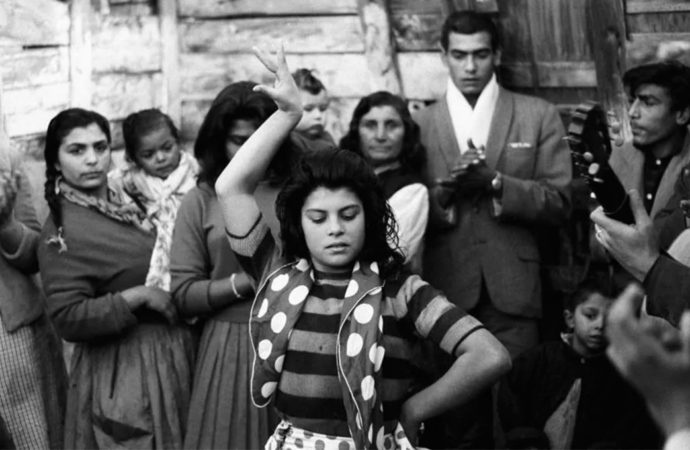
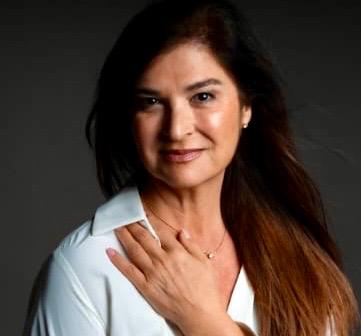
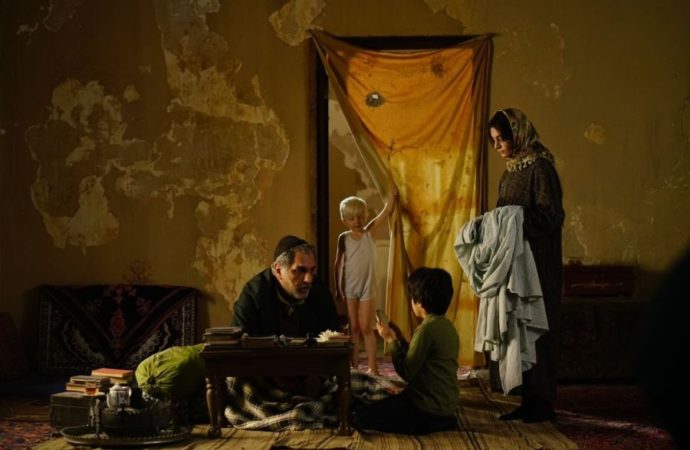
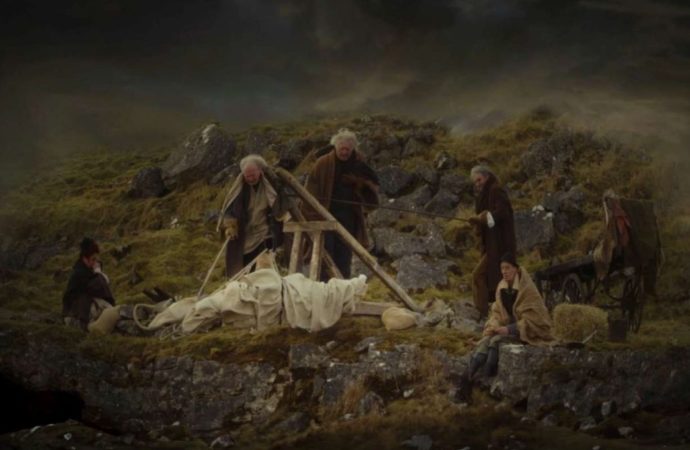

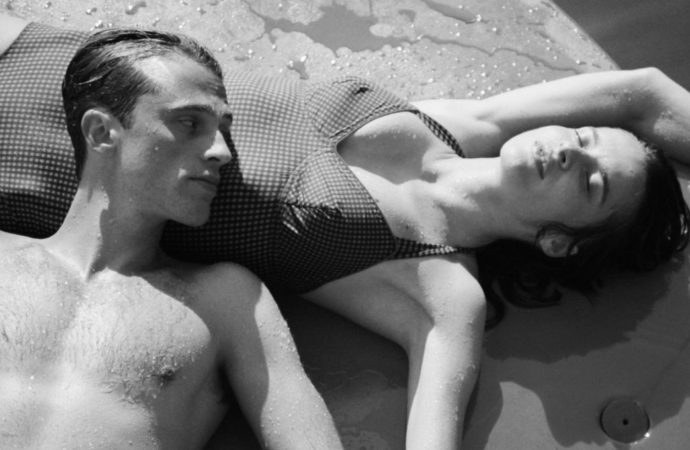

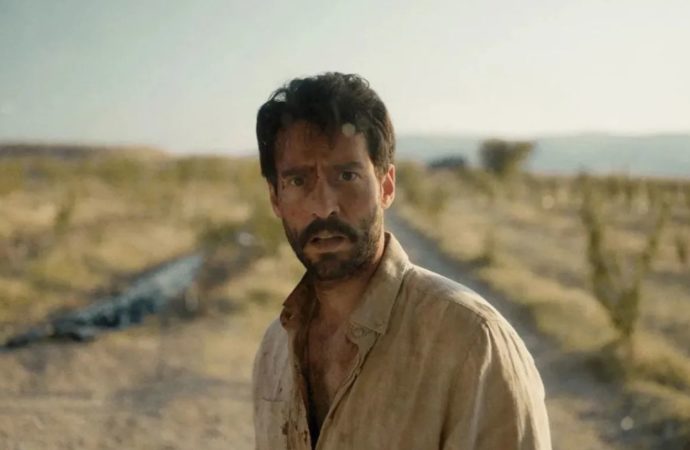
No one has posted any comments yet. Be the first person!